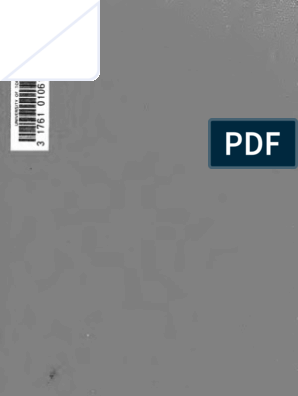0% found this document useful (0 votes)
9 views7 pagesWeek 2 Module
The document covers the anatomical and physiological differences between male and female reproductive systems, highlighting the roles of gonads, germ cells, and secondary sexual characteristics. It also addresses gender issues in the Philippines, including gender-based violence, LGBTQ+ discrimination, unequal access to education, media stereotypes, and gender pay gaps. Key challenges include weak enforcement of laws, high mental health burdens for marginalized groups, and persistent workplace discrimination.
Uploaded by
jeanroseebarolaCopyright
© © All Rights Reserved
We take content rights seriously. If you suspect this is your content, claim it here.
Available Formats
Download as DOCX, PDF, TXT or read online on Scribd
0% found this document useful (0 votes)
9 views7 pagesWeek 2 Module
The document covers the anatomical and physiological differences between male and female reproductive systems, highlighting the roles of gonads, germ cells, and secondary sexual characteristics. It also addresses gender issues in the Philippines, including gender-based violence, LGBTQ+ discrimination, unequal access to education, media stereotypes, and gender pay gaps. Key challenges include weak enforcement of laws, high mental health burdens for marginalized groups, and persistent workplace discrimination.
Uploaded by
jeanroseebarolaCopyright
© © All Rights Reserved
We take content rights seriously. If you suspect this is your content, claim it here.
Available Formats
Download as DOCX, PDF, TXT or read online on Scribd
/ 7























































































